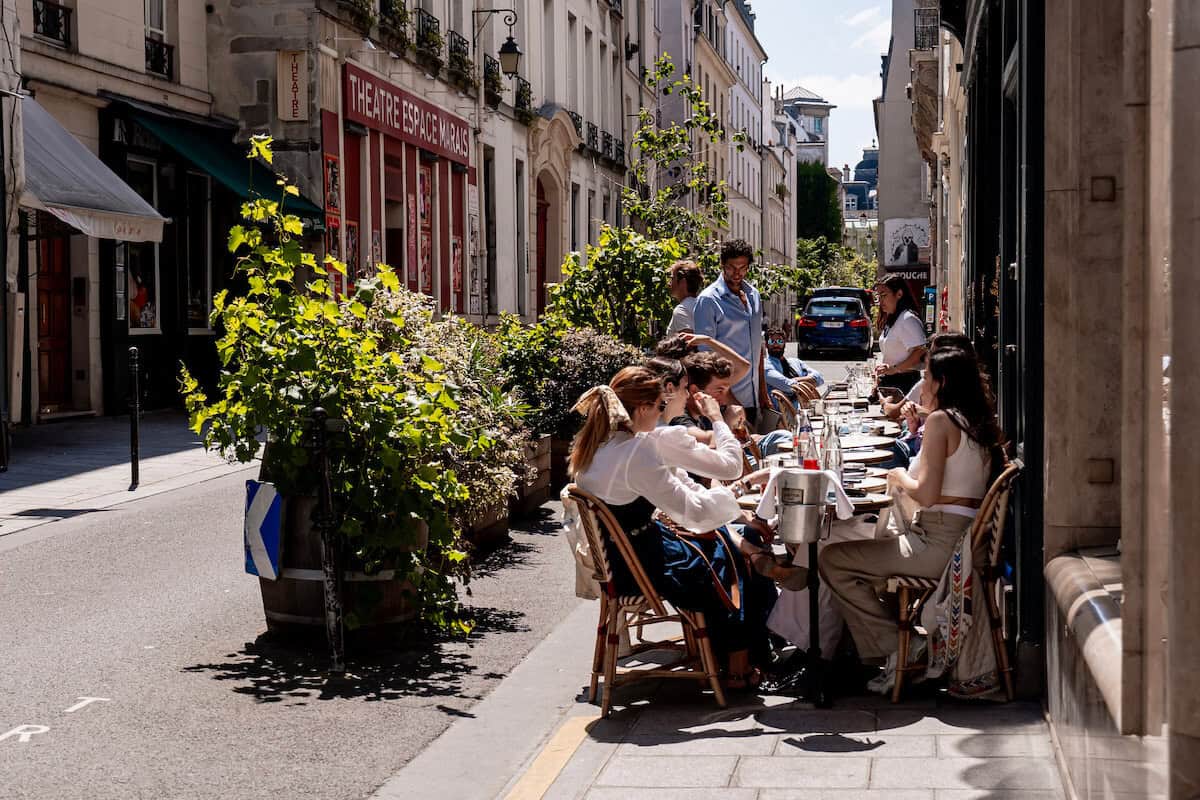International Plasma Awareness Week: Why it matters
An opportunity for the EU and its member states to meet growing patient need for essential medicines

This week, we are recognizing International Plasma Awareness Week worldwide. If this is an unfamiliar event, that is precisely why it is so needed. Many people are not yet fully aware of the critical role that plasma and plasma-derived medicinal products (PDMPs) play in treating patients with rare, chronic and complex diseases, who often have few – if any – other options.
Plasma is the liquid portion of blood necessary to help the body recover from injury, distribute nutrients, remove waste and prevent infection. Plasma cannot be prepared synthetically; in fact, it can only be obtained through donations from healthy individuals and is quickly replenished in donors’ bodies. Plasma is the essential starting material to manufacture PDMPs, which replace proteins that are often missing in people with life-threatening conditions.
Plasma is the essential starting material to manufacture PDMPs, which replace proteins that are often missing in people with life-threatening conditions.
PDMPs save and transform lives. Takeda commissioned an analysis by Copenhagen Economics, which estimated that more than 1 million Europeans are affected by one of the 12 most common rare diseases that can be treated with PDMPs. Some of these diseases have no alternative treatments and are often lifelong, implying significant impact on patients and healthcare systems. PDMPs also play a vital role in critical care settings. The indirect costs of inadequate care alone range from €1.1 billion to €1.6 billion per year[i] and represent resources that could be redirected to other areas.
Without these therapies, many patients would have a significantly reduced quality of life or may not survive. These needs are expanding rapidly, due to improved and earlier diagnosis of conditions that can be treated by PDMPs; increased longevity resulting in patients requiring treatment for longer periods of time; and broader clinical use as new indications are approved.
There is a significant shortfall in the amount of plasma collected in Europe versus what is needed to manufacture the PDMPs that patients need. More than half (56%) of the plasma collected in Europe is collected by public and non-governmental organization (NGO) blood collection services. These are mainly recovered from whole blood donations. The private sector collects plasma through plasmapheresis, a more efficient process that separates plasma from whole blood. This category represents 44% of the plasma collected in the EU and is sourced from just four countries (Austria, Czechia, Germany and Hungary). There is a gap of more than 5 million liters, which represents 38% of the needed plasma in Europe, that is currently filled by the US – a situation that is far from ideal.
There is a significant shortfall in the amount of plasma collected in Europe versus what is needed to manufacture the PDMPs that patients need.
The EU Substances of Human Origin (SoHO) Regulation, adopted earlier this year, intends to improve the protection of donors and recipients, reinforce the principle of voluntary and unpaid donations in the EU and strengthen national collection systems to lower the risk of shortages. With regard to supporting increased plasma donation, for example, the law acknowledges the role of fixed-rate monetary compensation in compensating plasma donors for their donation and confirms that the practice is compatible with established ethical principles. Data show that this measure can increase plasma sufficiency in the EU while supporting donor health, to help the EU meet its growing need for PDMPs.
So this year, during International Plasma Awareness Week, we have three requests for EU citizens and policymakers across Europe. Firstly, we encourage anyone who is able to donate plasma to consider offering this lifesaving gift. We have heard many expressions of tremendous gratitude from patients and caregivers who rely on PDMPs.
Secondly, we call on EU member states to seize the opportunity of the EU SoHO Regulation and the need to implement most provisions by 2027, to develop plans and introduce proven tools to increase the sufficiency of plasma while protecting donor health and boosting EU strategic autonomy.
Lastly, we urge the new European Parliament and incoming commission to consider the complex and unique nature of PDMPs, including the reliance on donated human plasma, as well as the lengthy and costly manufacturing process lasting 7-12 months. This lengthy process means the supply chain is unable to respond quickly to changing needs and vulnerable to fluctuating supplies.
As we weigh approaches to resolving the challenges of medicine access, one size does not always fit all. For example, the EU ‘Critical Medicines’ initiatives seek to prevent medicines shortages while strengthening supply chains. However, some possible solutions, like extensive stockpiling, are not suitable for PDMPs. As production can’t be scaled up rapidly, stockpiling has the potential to exacerbate the issue of availability for patients and therefore potentially harm patient access. A February 2024 report by the OECD on securing medical supply chains concluded that the reasons for shortages of PDMPs “are likely to be two-fold: increasing numbers of patients eligible to be treated with plasma-derived therapies, and uncertainty in the supply of the raw material (i.e., plasma from human donors).”
Ensuring a sustainable supply of plasma is a heady challenge, but not an insurmountable one. Multistakeholder engagement, including policymakers, NGOs, and the public and private sectors working together for a common goal, can spur development of thoughtful policy based on sound science. It is by taking a tailored approach to this unique therapeutic area that we can both address unmet patient needs and protect valued plasma donors.
Ensuring a sustainable supply of plasma is a heady challenge, but not an insurmountable one.
What's Your Reaction?


























:quality(85):upscale()/2025/02/27/808/n/1922398/26784cf967c0adcd4c0950.54527747_.jpg)
:quality(85):upscale()/2025/02/03/788/n/1922283/010b439467a1031f886f32.95387981_.jpg)
:quality(85):upscale()/2025/01/08/844/n/1922398/cde2aeac677eceef03f2d1.00424146_.jpg)
:quality(85):upscale()/2024/11/27/891/n/1922398/123acea767477facdac4d4.08554212_.jpg)

















